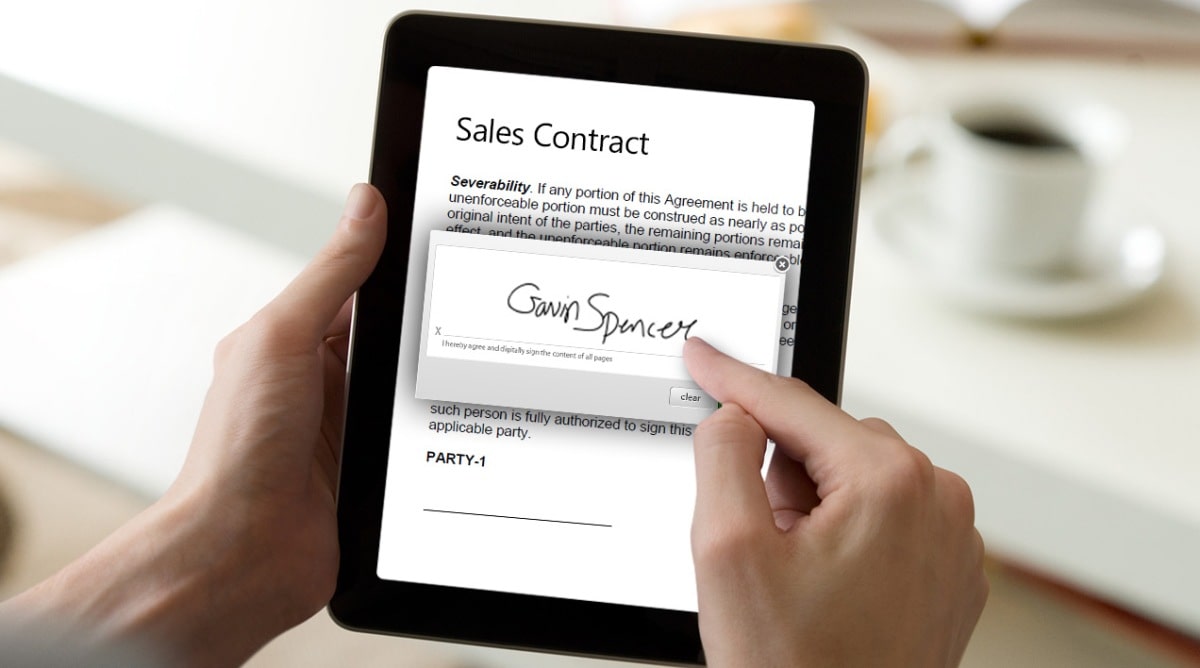An electronic signature is needed to confirm the relevance and validity of an electronic document and to ensure its cryptographic protection. Let’s figure out how to get an electronic signature of different types and where to use it.
What Is an Electronic Signature and Where Can I Get It?
The signature itself is not an object but the result of cryptographic transformations of the signed document, and it cannot be “physically” issued on any medium (token, smart card, etc.). Nor can it be seen, in the truest sense of the word; it does not look like a stroke of a pen or a figured print. We’ll talk about what an electronic signature “looks like” below.
By using the electronic signature, one can not only uniquely identify the owner but also determine the integrity of the document transmitted through information communication channels. Required properties of signed documents:
- integrity;
- authenticity;
- authenticity (authenticity; “non-repudiation” of the authorship of information).
The widespread introduction of electronic document management systems puts their users in front of the problem of electronic digital signatures. Its use allows you to further reduce the time for paperwork, minimizing the procedure for certifying each document with a personal signature. EDS does not require any special skills; it is extremely easy to use.
Besides, the eSignature security risk rating is the result of combining the degree or likelihood (high, medium, low) of the risk of threats in general and the overall business impact score (very severe, severe, or minor). The Application Risk Assessment is used as a reference table to determine the high, medium, and low risk of breach. Businesses have no choice: companies are reshaping their activities, completely switching to electronic document management, which entails the need to sign documents electronically. This requires electronic signatures, of course.
Improve Your Document Management with Transaction to the Best Facilities of eSignature
Translation of document flow into electronic format is the main trend of modern business. But if you transfer documents in digital form, you will not be able to certify them with a regular seal and signature. You will need a specially generated file with a unique digital combination. It is called the “electronic signature certificate” of a particular owner or simply his electronic signature. To decrypt a file that is certified by an electronic document, special software is used.
eSignature reduces paperwork, which means:
- the cost of stationery, printing, and sending papers will be reduced;
- no physical archive is needed to store data – the necessary information will be stored on the operator’s servers. Access will be open around the clock, and the search will become convenient thanks to filters;
- the risk of damage or loss of contracts, acts, invoices, and other documents is minimized;
- you can send and receive documents in a matter of seconds;
- EDI participants can see all stages of the document movement – from submission to signing by all those responsible.
With the eSignature, managers will be able to receive only one signature per legal entity. Her key will be non-copyable, which means it will not be possible to make a copy for an accountant or tender specialist. All employees and authorized persons who also sign documents on behalf of the company will need their own signatures as an individual and an electronic power of attorney.

